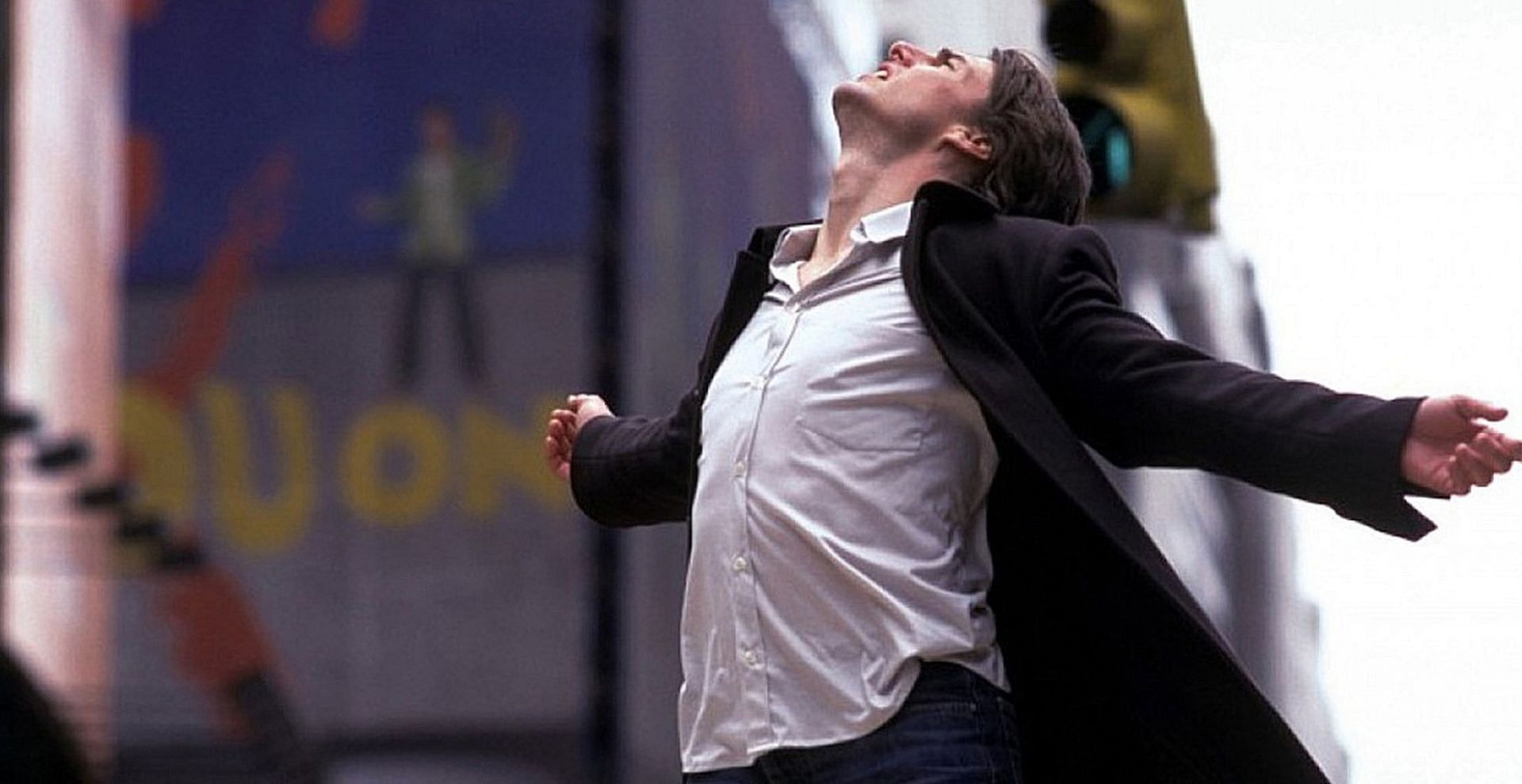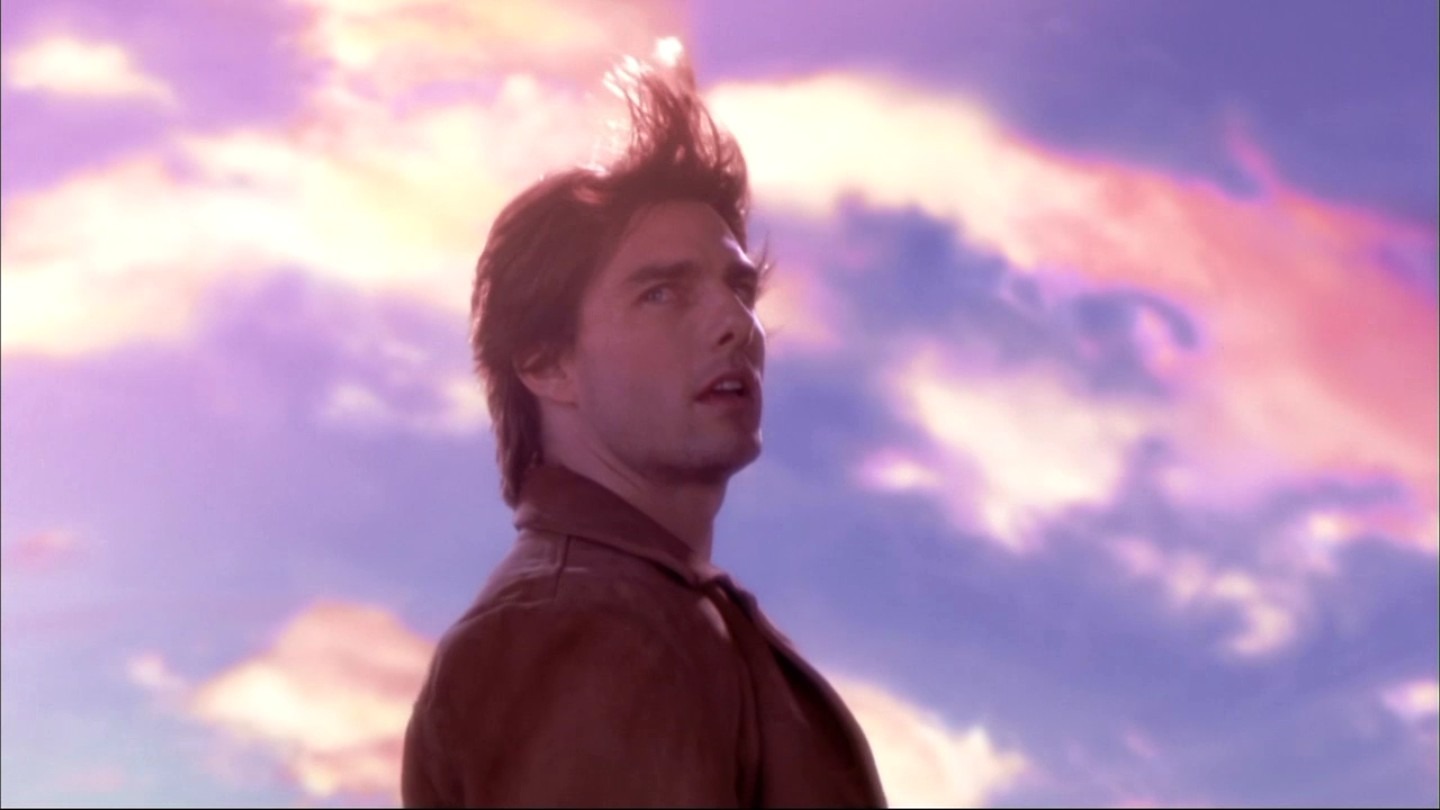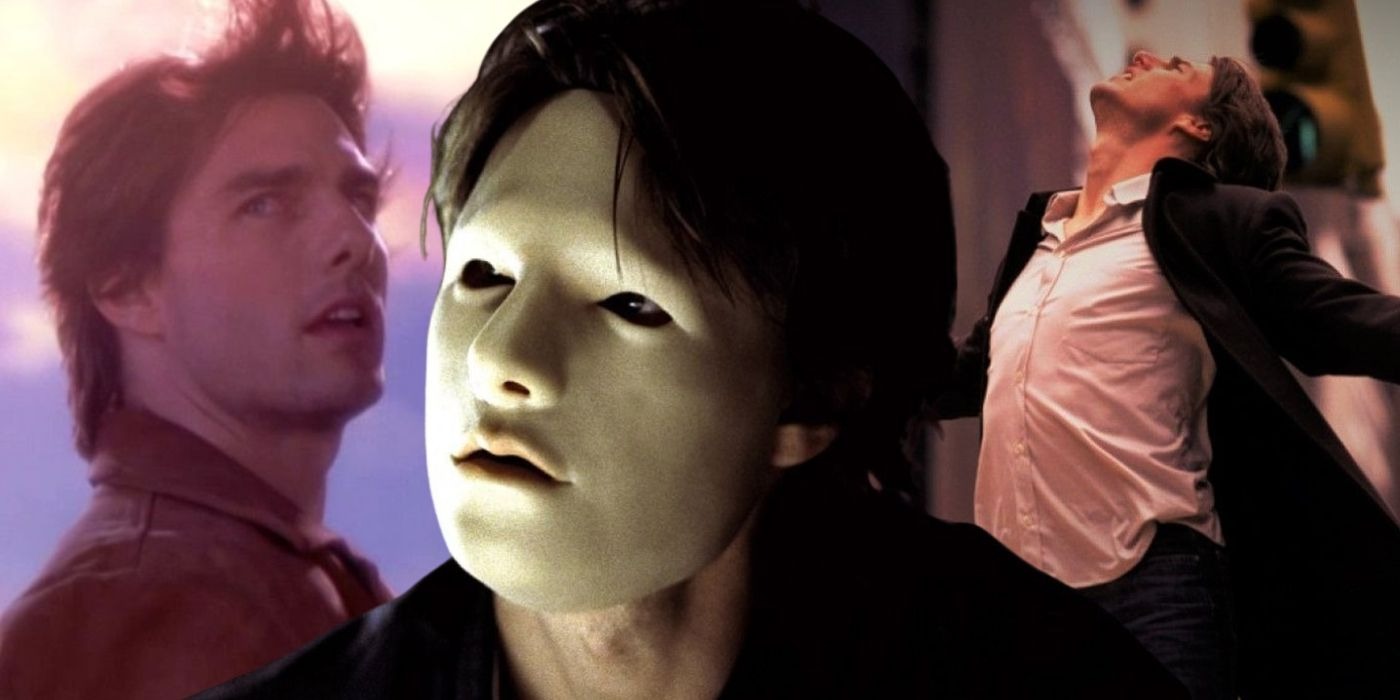A film that questions the very foundation of reality is bound to stir discussions among viewers, particularly when it never explicitly distinguishes between reality and imagination. It stands as a prime example, with writer and director Cameron Crowe deepening the debate by confirming that the film’s conclusion is open to multiple interpretations.
Tom Cruise’s character, a wealthy publishing executive, becomes infatuated with Penélope Cruz’s Sofia Serrano in the span of a single evening. This newfound attraction does not sit well with his current partner, Cameron Diaz’s Julie Gianni.

A tragic car accident soon follows, leading to Julie’s death while leaving him permanently disfigured. It is at this point that the viewer’s perception starts to take a subtle turn. As the story progresses, it becomes evident that much of what plays out in Vanilla Sky exists within the realm of a lucid dream.
The protagonist, having placed himself in a state akin to suspended animation with the help of Life Extension, awaits a future where medical advancements can restore his once flawless appearance. However, throughout the film, his subconscious continuously disrupts the dreamlike reality he inhabits.
The use of masks—both literal and figurative—serves as a heavy-handed metaphor, yet it effectively highlights the protagonist’s increasing mental instability as his dream world and reality begin to merge.
Ames Faces the Truth and a Life-Altering Decision
As the film reaches its climax, Noah Taylor’s Edmund Ventura guides Aames to the top of a skyscraper, where a shocking revelation awaits him. He is informed that he voluntarily entered this lucid dream state and has remained trapped in it for 150 years due to a software malfunction causing repeated distortions.
Now, he is presented with a choice—remain inside the artificial dreamscape or take a leap from the building, with the impact jolting him back to reality. Despite his deep-seated fear of heights, Aames takes the plunge. As he falls, the familiar phrase “open your eyes” echoes—a line that both starts and ends the film.
On the surface, it appears as though the story concludes with Aames awakening in the real world, fundamentally transformed, now equipped with the knowledge and experiences gained from his time in the dream state.
Multiple Theories Surround the Film’s Ending
A large part of the ongoing discussion surrounding Vanilla Sky stems from Crowe’s admission that, in his view, there are five different ways to interpret the ending. Over the years, countless additional theories have emerged, though many have been dismissed based on Crowe’s statements.
He has confirmed that everything occurring after Aames’ night out at the nightclub is a projection of his mind. The first interpretation, and perhaps the most straightforward, is that Tech Support’s explanation is entirely truthful.
Under this theory, Aames willingly entered the lucid dream, spending 150 years in an artificial state after essentially choosing euthanasia.

The second perspective takes a more unconventional approach, drawing from a detail in the film’s opening sequence—a sticker on Aames’ car displaying the impossible date of February 30th. This suggests that the entire film, from start to finish, is nothing more than a 136-minute dream sequence.
Another theory proposes that everything occurring after the accident that left Aames disfigured and took Julie’s life is simply a product of his imagination while he remains in a coma. Crowe himself has suggested a fourth possibility—one that stands out as particularly thought-provoking.
In this version, Vanilla Sky is neither rooted in reality nor contained within the mind of someone in suspended animation. Instead, it represents the live-action realization of a book being written by Jason Lee’s character, Brian Shelby.
As Aames’ best friend—and someone who quietly harbored resentment toward his extravagant lifestyle—Shelby could be the one shaping events, stripping Aames of his looks and forcing him to learn harsh life lessons. This perspective also adds a self-referential layer to the film, making it a story within a story.
It would mean that Crowe, as the filmmaker, is crafting a movie based on a book written by a character within the very same film, with Shelby influencing the direction of the events from within.
The fifth and final interpretation closely aligns with the third, suggesting that everything following the accident is nothing more than a hallucination. In this view, Aames’ altered perception is a direct result of the overwhelming amount of drugs administered during reconstructive surgery to keep him alive.
Cameron Crowe Himself Remains Undecided
Even Crowe struggles to settle on a single interpretation, as his understanding of Vanilla Sky evolves with each viewing. He has admitted that every time he revisits the film, he sees it from a fresh perspective, re-evaluating where the dividing line between reality and illusion lies.
However, one comment he made suggests that Brian Shelby might hold the key to deciphering the film’s deeper meaning—assuming a definitive answer even exists. Crowe pointed out that Shelby’s character serves as a unique lens through which the entire story can be viewed from an alternative angle.
“If I stay with Jason Lee in the Rubik’s Cube of Vanilla Sky, I always go to the best places,” he remarked, hinting that Shelby’s role may be far more crucial than it initially appears.



